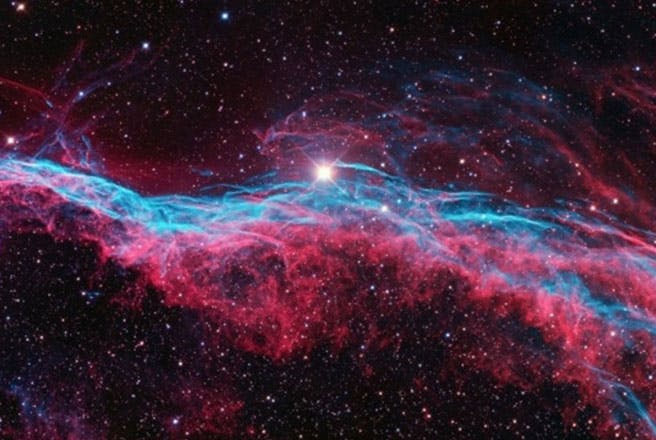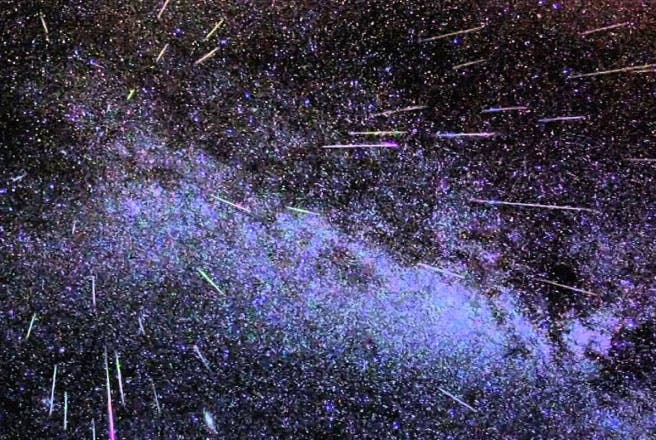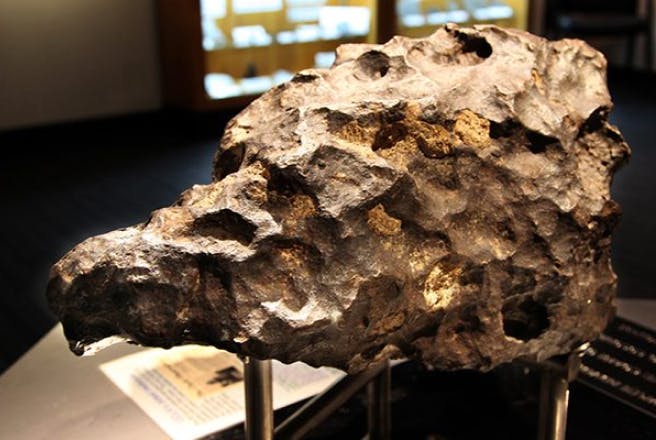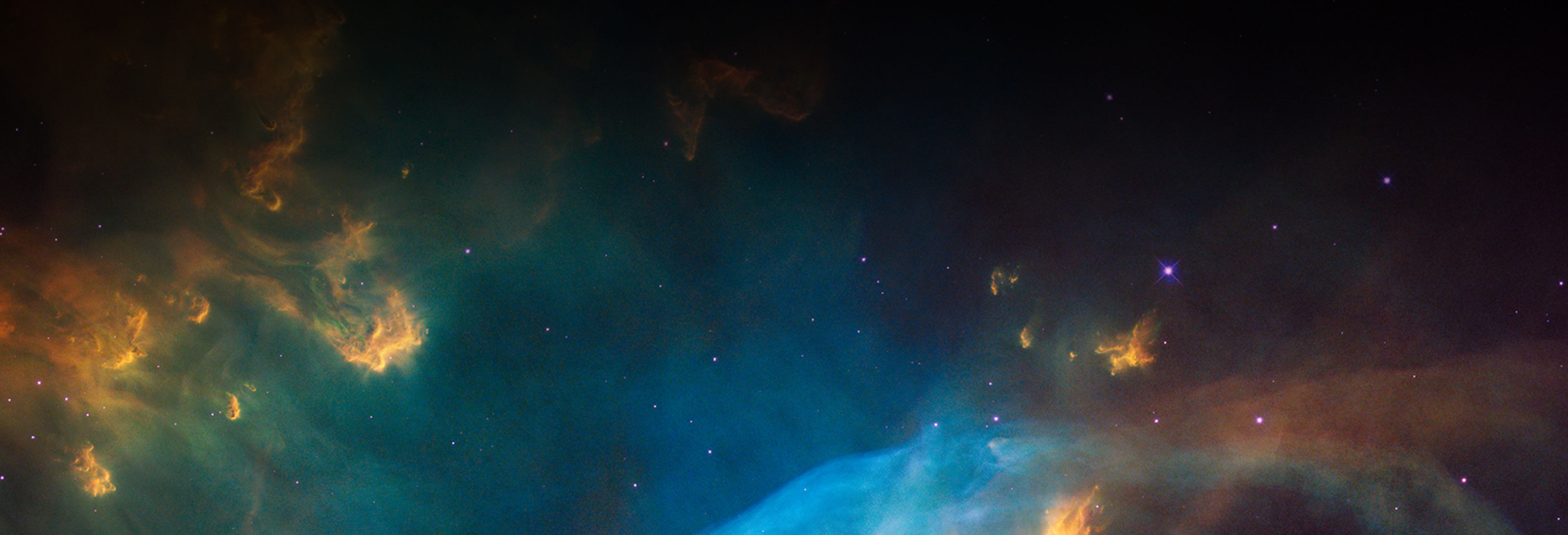Hayabusa 2
Japan’s Hayabusa2 mission successfully returned over 5 grams of material from the surface of the C-type asteroid 162173 Ryugu in December 2020. The samples include material from both the surface and subsurface, the latter excavated using a small impactor deployed by the spacecraft. This mission has provided scientists with an unprecedented opportunity to study primitive asteroidal material with well-characterized geologic context.
NASA received a 540 mg allocation of the Hayabusa2 samples in December 2021, which are curated at the Johnson Space Center (JSC) in collaboration with JAXA. These materials include fine-grained regolith and larger particles that are being analyzed by researchers across multiple institutions using a variety of laboratory techniques.
As analytical work progresses, data from the U.S.-based investigations of the Hayabusa2 samples are being archived and made accessible through the Astromat Synthesis Database. These datasets include:
- Elemental and isotopic compositions
- Mineralogical characterizations
- Volatile compound analyses
All records are curated to support cross-sample comparison and reuse alongside data from other planetary sample return missions, such as OSIRIS-REx and Hayabusa.
You can explore available Hayabusa2 sample data using our Synthesis Search application, with new datasets being added as they are released.








